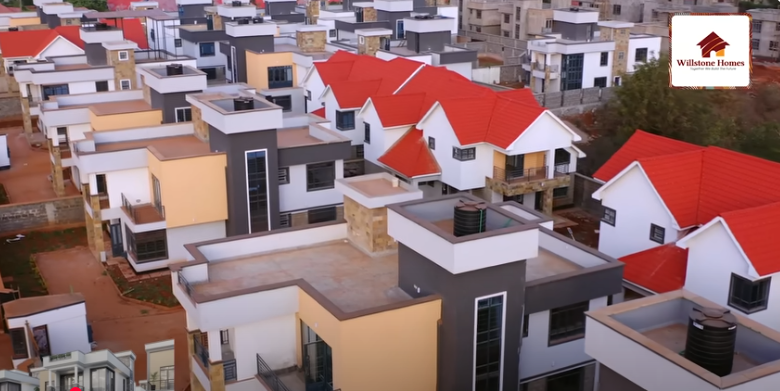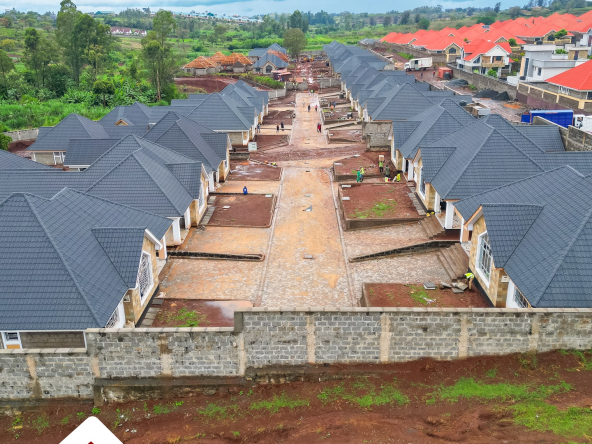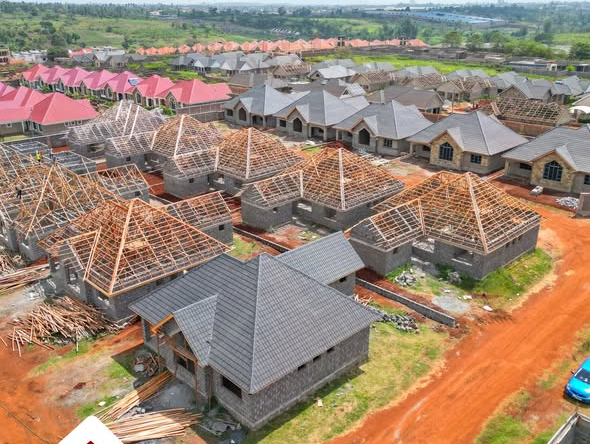Home ownership in Kenya is more than a personal milestone—it reflects social progress, economic stability, and shifting cultural expectations. While traditional norms placed men at the forefront of property ownership, new dynamics are emerging. Working youth are seeking affordability in satellite towns, adults are balancing mortgages and investments, and women are steadily overcoming long-standing barriers to property rights.
In this article, we explore the changing face of home ownership in Kenya, with insights backed by statistics, government reports, and real estate market data.
Home Ownership in Kenya: An Overview
Kenya faces a persistent housing deficit, estimated at 200,000 units annually, while actual supply stands at about 50,000 units per year (Kenya National Bureau of Statistics, 2023). This shortfall explains why many Kenyans remain tenants, particularly in urban centers such as Nairobi, Mombasa, and Kisumu.
- Overall home ownership rate in Kenya: around 21.3% (KNBS, 2023).
- Urban areas: less than 15% of households own homes.
- Rural areas: ownership rates rise above 60%, largely due to inherited land and family homes.
The challenge is most pronounced among the working youth in cities, who often prioritize mobility and job opportunities over immediate property acquisition.
Read Also: Women in Real Estate Ownership in Kenya: The Changing Dynamics of Property Rights
Youth and Home Ownership in Kenya

Young professionals (ages 25–35) represent Kenya’s most mobile and ambitious demographic. However, rising land prices and the cost of housing remain key barriers.
Key Challenges for Youth
- Affordability: Land in Nairobi averages KSh 120–150 million per acre, making plots out of reach for most.
- Mortgage access: Less than 1% of Kenyans access housing finance, and youth face stricter eligibility criteria.
- Priorities: Many young people prioritize education, business ventures, and lifestyle flexibility over buying homes.
Current Youth Ownership Trends
- About 7% of Kenyan youth in cities own homes.
- Growth of rent-to-own models and housing cooperatives (Saccos) is expanding opportunities.
- Satellite towns like Juja, Ruiru, Kitengela, and Athi River attract young buyers due to relative affordability.
Adults and Home Ownership in Kenya
Adults (35–55 years) remain the backbone of Kenya’s property market. They are more likely to have stable incomes, credit history, and family obligations that drive the desire to own homes.
Ownership Patterns
- Adults account for nearly 70% of mortgage borrowers in Kenya.
- Popular housing categories: 3-bedroom apartments, maisonettes, and gated community homes.
- Many invest in peri-urban areas such as Thika Road, Ngong, and Kangundo Road corridors.
Drivers of Adult Home Ownership
- Stability: Adults prioritize security and long-term settlement for their families.
- Investment: Many purchase property as rental units to supplement income.
- Access to financing: Adults are better positioned to access KMRC-backed mortgages and employer housing schemes.
Women and Home Ownership in Kenya
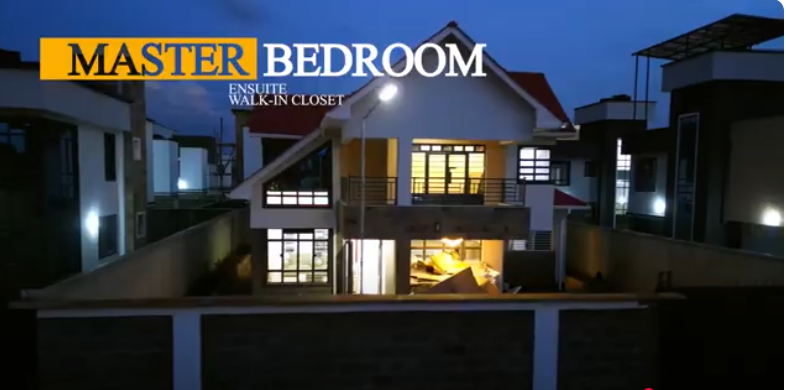
For decades, property ownership among women in Kenya was hindered by cultural, legal, and financial barriers. However, reforms and changing social dynamics are reshaping the narrative.
Current Trends
- Women now make up about 30% of registered landowners in Kenya (Ministry of Lands, 2023).
- Legal frameworks such as the Matrimonial Property Act (2013) and Land Registration Act (2012) protect women’s rights.
- Urban working women increasingly purchase apartments as single buyers, especially in Nairobi, Kiambu, and Machakos.
Challenges Women Still Face
- Inheritance biases: Customary practices in some regions still favor men.
- Financing barriers: Women face tighter loan scrutiny due to perceived income instability.
- Social stigma: Single women buying property are sometimes viewed with suspicion.
Read Also: Top 5 Gated Communities in Nairobi: Where Security Meets Lifestyle
Comparative Snapshot of Home Ownership in Kenya
| Demographic Group | Estimated Ownership Rate | Key Locations | Main Barriers | Growth Drivers |
|---|---|---|---|---|
| Youth (25–35) | ~7% | Juja, Ruiru, Athi River | High land prices, limited financing | Saccos, rent-to-own, affordable housing projects |
| Adults (35–55) | ~45% | Nairobi suburbs, Thika Road, Ngong | High mortgage rates, job market uncertainty | Stable income, mortgages, family obligations |
| Women (all ages) | ~30% of landowners | Nairobi, Kiambu, Machakos | Cultural barriers, financing gaps | Legal reforms, financial independence, urbanization |
Emerging Trends in Kenyan Home Ownership
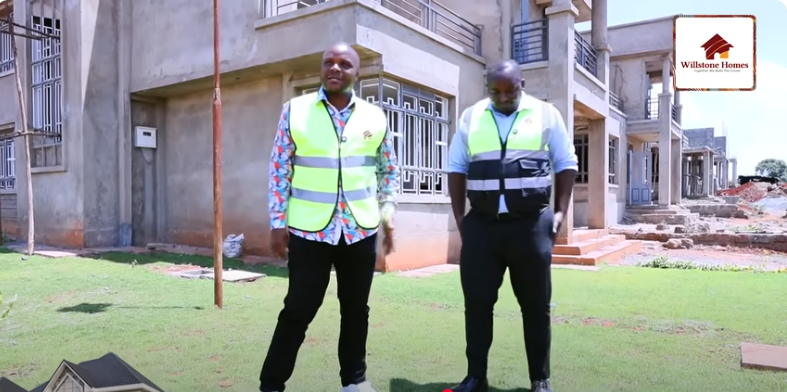
- Affordable Housing Agenda: Government’s Big 4 Agenda aims to deliver 500,000 affordable homes.
- Diaspora Investments: Remittances (over KSh 600 billion annually) fund housing for relatives and investments.
- Technology: Platforms like Ardhisasa streamline land registration, boosting trust in property transactions.
- Alternative Housing Models: Prefab housing and eco-friendly designs are gaining traction among youth and women.
Home ownership in Kenya reflects the country’s economic realities and cultural transitions. While overall ownership rates remain low, distinct trends are emerging among youth, adults, and women. Youth face affordability barriers but are exploring cooperative models; adults remain the largest property buyers, driven by family and investment needs; and women, once sidelined, are steadily reshaping the property landscape through legal empowerment and financial independence.
The journey toward higher ownership rates requires stronger mortgage access, affordable housing projects, and continued reforms to protect vulnerable groups. With these shifts, home ownership in Kenya is no longer just a privilege of the few—it is becoming a defining marker of social transformation.

